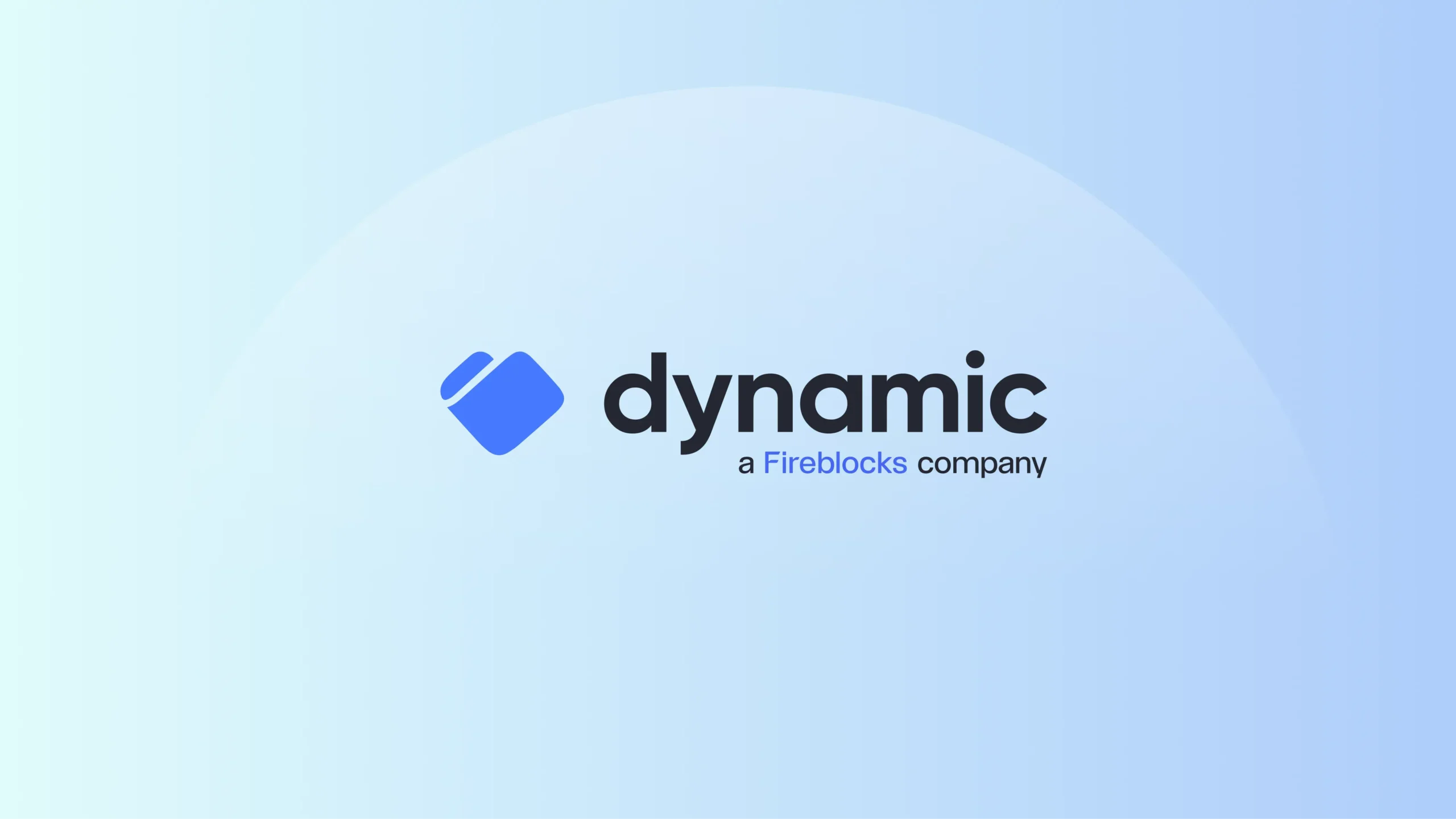Day-to-day crypto and digital asset operations is one of the most important and business-critical functions for any company working with digital assets – whether you’re a fintech, web3 company, bank or OTC desk.
A well-executed crypto operation is one where you have 24/7 access to funds, and can be sure assets are secure at all times, whether they’re in storage or in motion. This means ensuring that the funds are safe from internal and external threats – such as rogue employees and hackers, respectively – and that there’s control and visibility on every transaction.
With today’s highly distributed workforce, new crypto operation challenges have emerged. With key decision makers and critical personnel working from home across different time zones and geographies, remote transaction approvals, managing controls for personal devices, and accessing internal wallets at all hours of the day have introduced new barriers to managing crypto, NFTs, stablecoins, etc.
So, how should you design your crypto operations in a way that ensures operational efficiency without sacrificing the security of your digital assets?
Automate your transaction policies
Crypto transaction policies are the cornerstone for risk management, especially with a remote or distributed workforce. They govern user permissions within the organization, the wallets each user can interact with, and maximum transaction amounts within specific time frames.
Once your transaction policies are set, internal risk policies can be enforced from anywhere, which ensures transactions/settlement can be made quickly and with the proper security and oversight.
Automating transaction approval processes allows organizations to be more agile, especially with a distributed team. It is particularly useful when there are multiple teams that need to engage with a specific part of the business, such as dev teams engaging with treasury wallets for NFT creation.
Streamline your process for whitelisting deposit addresses
Manually checking that you’re sending digital assets to the intended deposit address is time-consuming and error-prone.
Whitelisting addresses – or entering an address once and storing it securely for easy reference – is a popular method that has been adopted by many smaller organizations in the crypto space. The most enterprise-grade, secure and efficient method requires creating policies to govern the whitelisting of wallet addresses, further reducing the need for manual tasks, minimizing the potential for human error, and introducing more efficient automation.
Alternatively, new solutions have been developed for securely managing deposit addresses at scale, such as the Fireblocks Network – this is the first digital asset transfer network that automatically authenticates deposit addresses before settlement.
Choose a flexible and scalable custody tech stack
Choosing the right wallet infrastructure or custody tech stack is an important decision. There is no “one size fits all” solution; what matters most is ensuring you have the highest levels of security while maintaining the flexibility to execute on your business objectives (including present and future use cases).
From an crypto operations perspective, you should ideally find a provider that allows you to pursue multiple custody strategies or offer multiple products and services with a single integration. Managing multiple custody environments and policies for different use cases or strategies introduces more complexity and inefficiency into an already (typically) resource-constrained team.
Digital asset and crypto operations is becoming more programmatic, with teams looking for robust developer tooling and SDKs to enhance automation and efficiency. Depending on the scale and nature of your business, managing internal wallets, counterparty addresses and exchange integrations can quickly become difficult to manage.
The same can be said for B2C and consumer facing businesses that need to ensure new user acquisition and experience is never restricted by wallet creation limits. Look for a custody tech stack that enables you to simplify processes such as creating and approving transfers, minting NFTs, securely transferring assets, and scalable wallet creation for new users.

